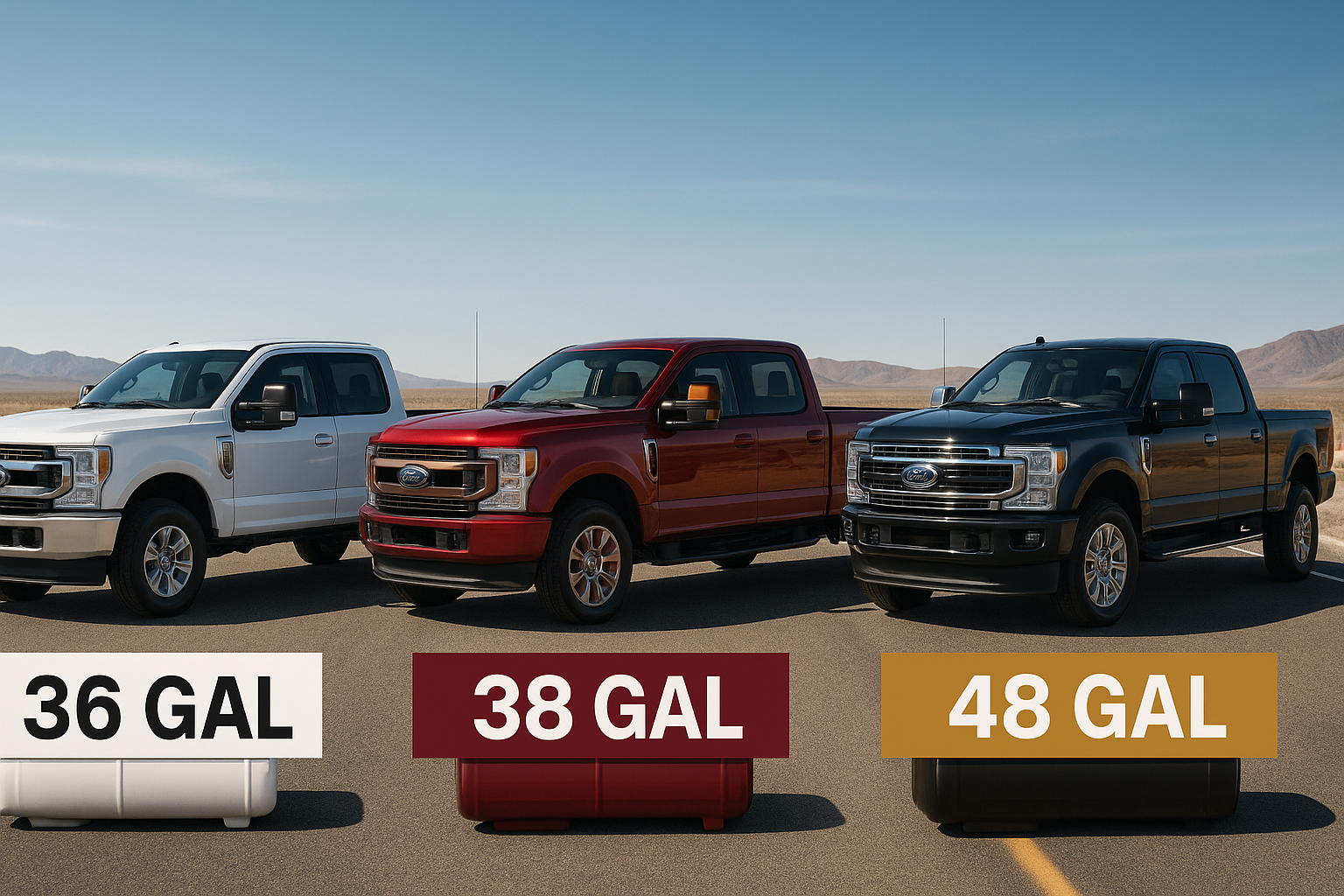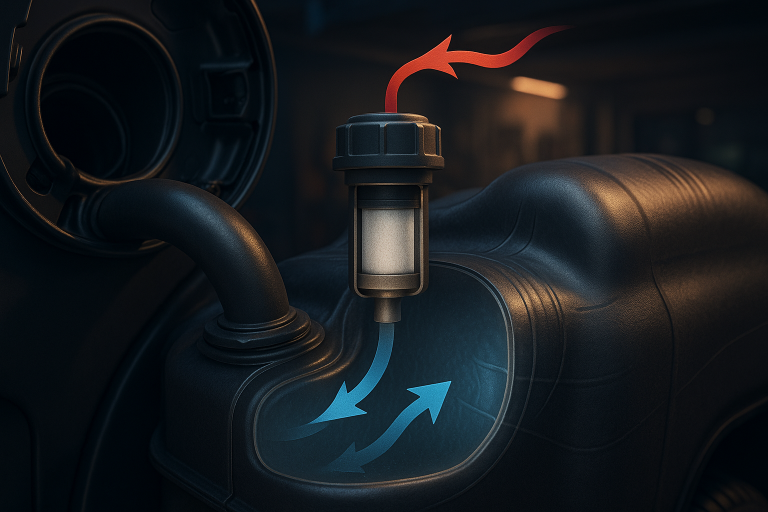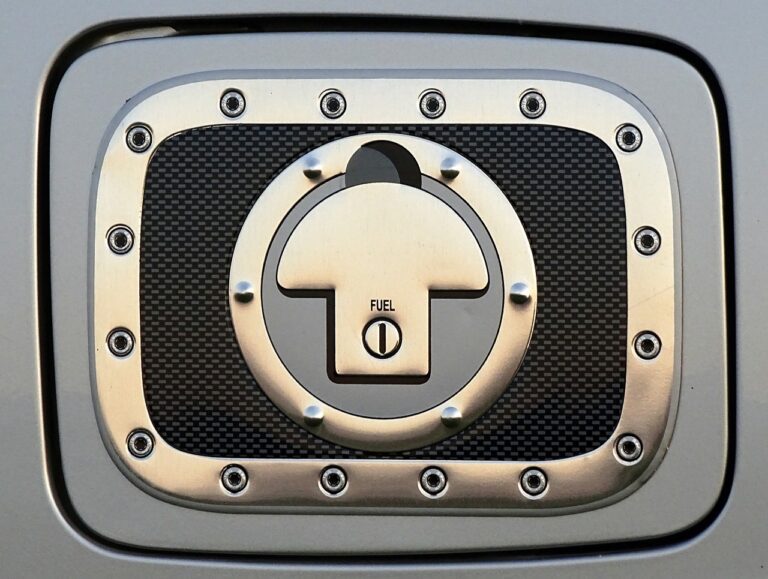What Size of Fuel Tank on Ford 2020 f250
The 2020 Ford Super Duty F-250 is a heavy-duty pickup truck designed for demanding tasks such as towing, hauling, and off-road adventures. One of the key specifications that affects its performance and utility is the fuel tank capacity, which varies based on the vehicle’s trim level, cab configuration, and engine type.
Why Fuel Tank Size Matters
Fuel tank size directly impacts:
- Driving range – crucial for long trips or remote operations.
- Payload capacity – larger tanks add weight that affects cargo and passenger load limits.
- Refueling frequency – important for commercial use or long-haul drivers.
- Fuel efficiency – especially when paired with different engines (gasoline vs. diesel).
Overview of Fuel Tank Options for the 2020 F-250
Ford offered three primary fuel tank sizes for the 2020 F-250: 36 gallons, 38 gallons, and 48 gallons. These were not optional across all trims but were predetermined based on trim level, with some exceptions based on engine and cab configuration.
1. 36-Gallon Fuel Tank
- Standard On: XL, XLT, and Lariat trims
- Engine Compatibility: Available for all engine options:
- 6.2L Gasoline V8
- 7.3L Gasoline V8 (Godzilla Engine)
- 6.7L Power Stroke Diesel V8
- Cab and Drivetrain Availability: Found across all cab styles (Regular Cab, SuperCab, Crew Cab) and both 4×2 and 4×4 drivetrains.
- Use Case: Ideal for everyday use, moderate towing, and local hauls.
2. 38-Gallon Fuel Tank
- Standard On: King Ranch and Platinum trims
- Engine Compatibility: Available for all engine options, though more commonly found with diesel due to the popularity of the Power Stroke in luxury trims.
- Cab and Drivetrain Availability: Most commonly associated with Crew Cab models, but also available in SuperCab and Regular Cab configurations where applicable.
- Use Case: Offers extended range and is preferred by users who travel longer distances or frequently tow.
3. 48-Gallon Fuel Tank
- Standard On: Limited trim (top-tier model)
- Engine Compatibility: Available for both gasoline and diesel engines, though most Limited models were equipped with the 6.7L Power Stroke V8.
- Cab and Drivetrain Availability: Primarily found in Crew Cab 4×4 models.
- Use Case: Designed for maximum range, long-distance travel, and heavy-duty towing. This tank is ideal for those who want to minimize refueling stops.
Key Factors Influencing Fuel Tank Capacity
1. Trim Level
Trim level is the primary determinant of fuel tank size:
- Base Trims (XL, XLT, Lariat): 36-gallon tank
- Mid-High Trims (King Ranch, Platinum): 38-gallon tank
- Top Trim (Limited): 48-gallon tank
Ford used tank size as a differentiator between trim levels, with each step up offering increased range and luxury features.
2. Engine Type
While not the primary factor, the engine can influence fuel tank selection:
- Diesel engines (6.7L Power Stroke) generally have better fuel economy, making larger tanks more beneficial for extended range.
- Gasoline engines (especially the 6.2L V8) consume more fuel, so a larger tank helps mitigate frequent refueling.
3. Cab and Bed Configuration
- Larger tanks may affect bed length or cab space, though in the 2020 F-250, this was more of a design consideration than a limiting factor.
- Crew Cab models with longer wheelbases are more likely to have larger tanks due to available underbody space.
Understanding Fuel Capacity: Nominal vs. Usable
It’s important to distinguish between nominal capacity and usable capacity:
| Term | Definition |
|---|---|
| Nominal Capacity | The total volume of the tank as advertised by Ford (e.g., 48 gallons). |
| Usable Capacity | The actual amount of fuel that can be used before the tank is considered empty. |
Why Usable Capacity is Less Than Nominal
Several design and engineering factors reduce usable capacity:
- Fuel Sender Location: Fuel below the pickup point in the tank cannot be accessed by the fuel pump.
- Filler Neck Volume: Some fuel resides in the filler neck and is not stored in the main tank.
- Fuel Reserve: A small reserve is maintained to prevent fuel starvation during inclines or aggressive driving.
- Safety Margins: Tanks are not filled to 100% capacity to allow for fuel expansion and safe operation.
As a result, the actual usable fuel is typically 2–5 gallons less than the nominal capacity.
Fuel Range Estimates Based on Tank Size
Assuming average fuel economy figures for the 2020 F-250:
| Tank Size | Diesel (16 MPG) | Gasoline (12 MPG) |
|---|---|---|
| 36 gal | ~576 miles | ~432 miles |
| 38 gal | ~608 miles | ~456 miles |
| 48 gal | ~768 miles | ~576 miles |
Note: Actual mileage will vary based on driving conditions, payload, towing, and driving habits.
Weight Considerations: Fuel Adds Up
Fuel is heavy:
- Gasoline: ~6 lbs/gallon
- Diesel: ~7 lbs/gallon
A full 48-gallon tank can weigh:
- Gasoline: ~288 lbs
- Diesel: ~336 lbs
This weight counts against your vehicle’s payload capacity, so it’s important to account for it when planning your total load.
No In-Trim Fuel Tank Customization
Unlike some other options (e.g., bed length, axle ratio, or wheels), Ford did not offer fuel tank size as a configurable option within a trim. The tank size was predetermined by trim level at the factory.
This means:
- You cannot choose a 48-gallon tank on a Platinum or Lariat trim.
- The only way to get a larger tank outside of your trim’s standard offering is through aftermarket solutions.
Aftermarket Fuel Tank Options
For those needing even more range or capacity, aftermarket manufacturers offer:
- Auxiliary fuel tanks (add-ons to the factory tank)
- Replacement high-capacity tanks (e.g., 60+ gallons)
- Diesel-specific tanks with additional filtration or insulation
Popular brands include:
- Transfer Flow
- Aero Tank
- Rancho
- GDE Diesel
These options are ideal for:
- Overland enthusiasts
- Commercial haulers
- Long-distance RV towers
How to Determine Your F-250’s Fuel Tank Size
Here are several reliable ways to confirm the fuel tank capacity of your specific 2020 F-250:
1. Owner’s Manual
- The specifications section lists the exact fuel tank capacity for your vehicle.
- Also includes fuel type recommendations and range estimates.
2. Fuel Filler Door Label
- Many trucks have a sticker inside the fuel door that lists:
- Recommended fuel type
- Approximate tank capacity
- Emissions compliance info
3. Vehicle Display/Instrument Cluster
- If your truck has the Sync 3 system or an advanced instrument cluster, you may be able to view:
- Estimated range
- Fuel tank capacity
- Fuel level percentage
4. Ford VIN Decoder / OASIS Report
- Use your Vehicle Identification Number (VIN) to:
- Decode your vehicle’s specs online
- Request a build sheet (OASIS report) from a Ford dealership
- This report shows every factory-installed component, including the fuel tank.
5. Professional Inspection
- A qualified mechanic or dealership technician can:
- Visually inspect the tank
- Access service records or diagnostic tools
- Confirm the tank size and model
Conclusion: Choosing the Right Fuel Tank for Your Needs
The 2020 Ford F-250 offers a trim-based fuel tank system designed to match the vehicle’s intended use:
- 36-gallon tank – For budget-conscious buyers and daily drivers.
- 38-gallon tank – For those seeking more range in a luxury package.
- 48-gallon tank – For maximum range and performance in the top-tier Limited trim.
When planning your next trip, towing job, or payload, it’s crucial to:
- Know your exact tank capacity
- Understand usable vs. nominal volume
- Account for fuel weight in your payload calculations
- Consider aftermarket upgrades if you need even more capacity
By understanding these factors, you can maximize your F-250’s performance, efficiency, and utility.




